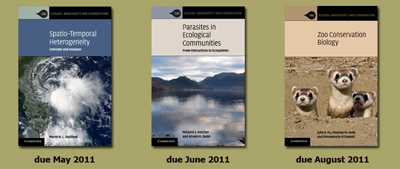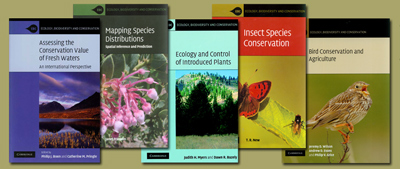Continuing our weekly selection of the very best titles available through NHBS:
by Graham E. Rotheray and Francis Gilbert
What?
A groundbreaking new publication on the Syrphidae.

Why?
This is the first book of its kind to present an in-depth examination of the natural history of this diverse and fascinating insect family. Both authors have a long-standing academic interest in the subject (see below), and have delivered a volume that makes a comprehensive assessment of current research and understanding of the Syrphidae, which surely can be considered an essential addition to the entomologist’s library.
Who?
Graham E. Rotheray In 1976, after completing a joint honours Biology/Philosophy degree at Keele University, Graham moved to Cardiff University where he completed a PhD on hoverfly parasitoids under Professor Mike Claridge. In 1979 he moved to Liverpool Museum as Assistant Curator of Invertebrates and in 1981, went to the University of Maryland, USA to undertake a post doctoral position researching natural enemies of the Gypsy Moth. On return to the UK, in 1984 he became Head of the Entomology Section at the National Museums of Scotland, a position he has held ever since.
He is a founder member of the Malloch Society, the Scottish diptera society that specialises in undertaking research on rare flies and was a founder member of the Initiative for Scottish Invertebrates, a federation of Scottish based invertebrate biologists concerned with the biodiversity and conservation of invertebrates in Scotland. He is Honorary Lecturer in the Division of Environmental Sciences, Glasgow University and a Fellow of the Royal Entomological Society.
Francis Gilbert completed his undergraduate and PhD degrees at St John’s College, Cambridge between 1975 and 1981. For his PhD he studied the morphology and foraging behaviour of adult hoverflies in natural and garden habitats, and particularly the possibility that competition structures hoverfly communities. After finishing his PhD, he went to the USA for two years as a Harkness Fellow, again studying the morphological structure of communities of adult hoverflies in Maine, Florida, Arizona and Oregon. He returned to a Junior Research Fellowship at Gonville & Caius College, Cambridge, but within a year had obtained a lectureship at the University of Nottingham, where he has remained ever since.
His research concentrates on the evolutionary biology of hoverflies, and the impact of habitat fragmentation on communities and conservation, studying the latter with both model ecosystems in the laboratory and real ecosystems in the Sinai in Egypt.












